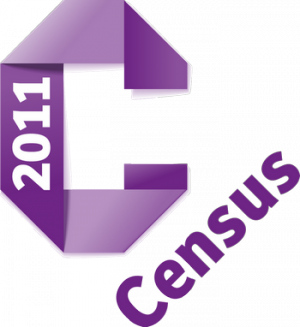
Basically, the census is a way to “count people and households” in the UK (i.e. England, Scotland, Wales and Northern Ireland).
A full census of the population takes place every 10 years. When Census Day comes around – this year on March 27 2011 – every household is legally obliged to formally record a set of personal and household details. This is then returned either by post, via door-to-door agents who physically collect the forms, and this year the form can also be filled out online.
What the information is for
The government claim that the information is used to plan public services and allocate funding from central government to local authorities. Instead, census data in the past has been used to justify fewer services, not more — particularly worrying at a time when the government is taking a wrecking ball to public services.
What the census misses
The alleged aim of the census to better understand the population seems at odds with the actual questions it asks. Just one question is asked about any chronic disabilities, which will translate in the final statistics to all those with multiple disabilities being marginalised and ignored. However, there is space to ask 9 questions about national identity and immigration status.
In the act of complying with equality legislation in terms of gender, they have added some supporting information for trans people, but this is confused by the fact that they still ask for sex instead of gender. Finally, given the purported reason of the census as mapping areas which are the most vulnerable for future government funding, there is no question at all about income.



